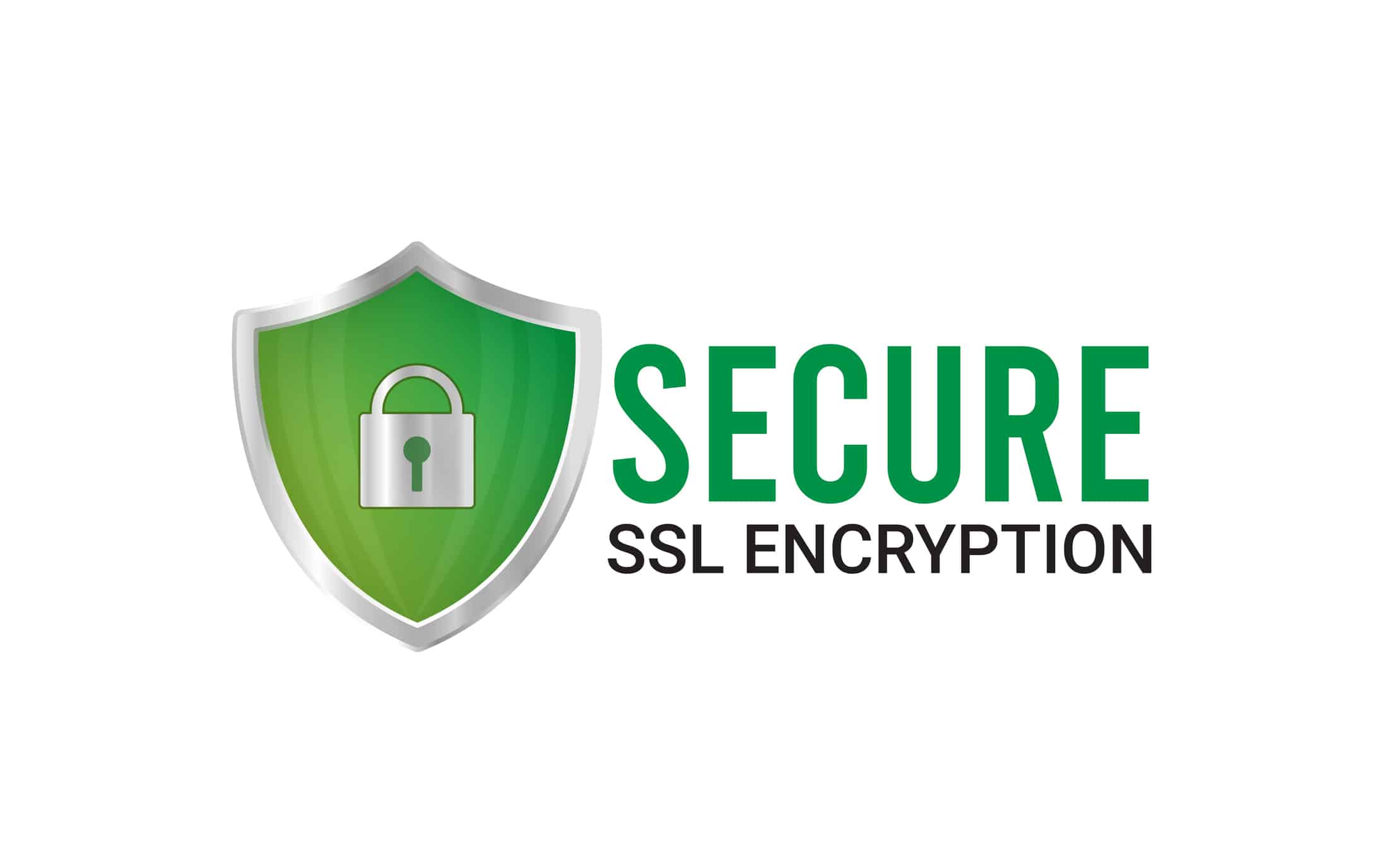When you are launching a new website, you are going to want to purchase an SSL certificate. Why do I need an SSL certificate? SSL certificate stands for “Secured Socket Layer,” in layman’s terms, it is an extra layer of security for your visitors. People visiting your website while at Starbucks are in danger of a “data security breach.” For instance, if they want to buy products from your online store and you don’t have an SSL Certificate installed, hackers can see what they are looking at and type in on your website. So, when they put in all their payment information for one of your products, boom, they have made that information available to any potential hackers sharing the same WIFI access. This blog will show you DIY SSL Certificate Install using GoDaddy.
***You will need to know how to navigate C-panel in this tutorial. ***
Step 1: Buy an SSL Certificate. Navigate to your account on Godaddy.com. To find their shop click on their logo on the top right side when you are logged in. On the top bar, you will see a list of services they sell; you will want to click on “security.” After you click on security, a drop-down will appear, then click on SSL Certificate. If you are installing the SSL certificate on your own, select “Domain Validation (DV) SSL Certificate.” Add to Cart and select how many years you want the SSL Certificate. Purchase the SSL Certificate and wait on your GoDaddy Dashboard for it to appear in your products section.
Step 2: Generate Encoded Certificate Signing Request (CSR). After you see your SSL Certificate in your products section, navigate to your “cPanel > Security > SSL/TLS > Certificate Signing Request (CSR).” Add Domain > City > State > Country > Email, and you don’t need to worry about the rest. Just click “Generate.” Copy the “Encoded Certificate Signing Request.” then navigate to your SSL on the products page on your dashboard.
Step 3: Setup SSL: Click on “Setup > Select “Input a CSR” > Paste “Generate Encoded Certificate Signing Request Code” > Continue > Select “I agree to terms and conditions of the Subscriber Agreement” > Continue. You should see a page that says, “Certificate Details – Pending Verification.” Grab your Cell Phone and put a timer on for 10 minutes. After 10 minutes is up, refresh the page. After these three steps, congratulations, your SSL should be installed.
Step 4: Download the “Really Simple SSL” plugin to WordPress. If your SSL padlock doesn’t show up, try downloading the “Really Simple SSL” plugin to your website. This should connect your SSL to your website.
To skip all these steps, give us a call and signup for webmaster services; we will save you tons of time trying to figure out how to do this. Let’s partner up if you are not tech-savvy but excellent at business! We would be happy to take care of all your digital business needs. We hope you found this blog, “DIY SSL Certificate Install,” helpful.



